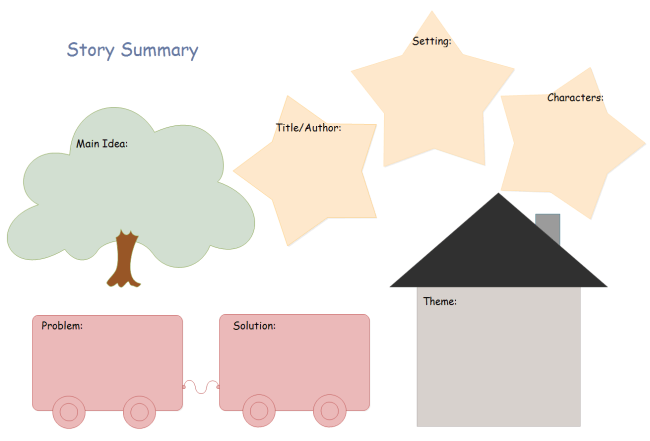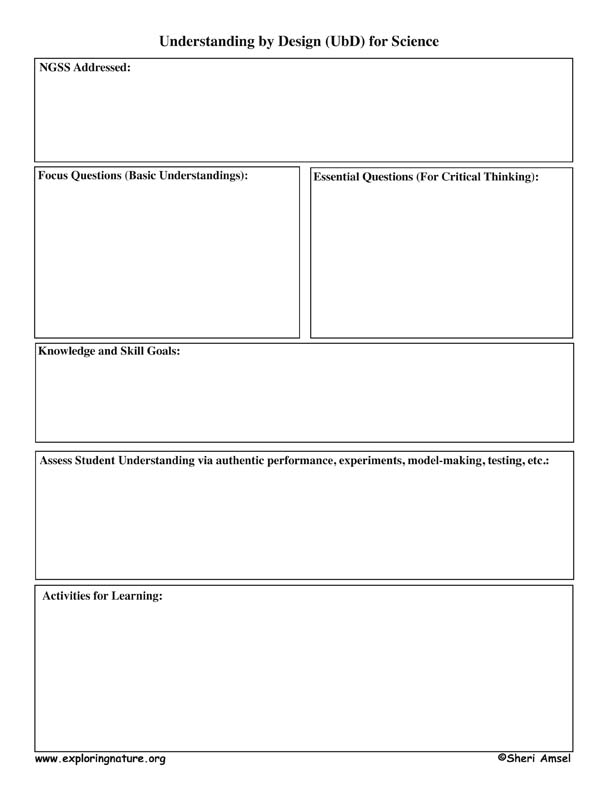

Lead to predictable writing-each student’s writing looks perfect, but lacks originality.Limit the students’ writing to whatever content, organization, or style is dictated by the graphic organizer.Stifle students’ intrinsic motivation to write.Stifle students’ creativity and independent thinking.Force students into writing in a linear way.Organize their writing (e.g., write introductions, body paragraphs, and conclusions).Think about big ideas and then narrow the topic.Create a visual image to understand information.
Graphic organizer series#
The carefully orchestrated series of boxes, arrows, circles, and lines provides tidy ways for students to organize information and make connections between facts, ideas, and concepts.
Graphic organizer plus#
Plus it doesn’t hurt that students love the collaborative aspect, being to engage, share and get feedback in real time with others in the class.To use, or not to use graphic organizers-that is the question. The time you save photocopying, collating and re-writing means you can get to the stuff that really matters. While sticky notes are great, they lack the “smarts” needed to make the actual thinking exercise useful. Having results in an instant is already pretty cool. Less time collating means more time learning You can facilitate discussions, give feedback, ask students to comment on ideas then use the reports to look at participation. This shifts thinking from the “Me” to the “We”.
Graphic organizer full#
You can choose to start with individual brainstorming on the student’s own graphic organizer, then instantly show the class the full results.

Some of the big problems of group work include group think, anchoring and the lack of seeing other perspectives. If you vote on ideas, it can be judged on merit… not just the person who spoke the loudest, the longest or the last. Introverted students get time and space to think and can still be part of the whole process. Make a map anonymous (or semi-anonymous if you prefer to moderate comments) and encourage those who would otherwise shy away to add their own ideas and have them seen. Why should I use GroupMap? Give every student a voice – even the shy ones. Rate a response – Ask students to answer 4 questions then give them feedback by rating their responses using a slider. Ask them to order questions in order or priority so you can answer the top questions first.Ĭharacter Map – Explore a character in a novel or film by sharing insights into what he or she felt, did or said and how they were perceived by others. List of questions – Create a list and capture questions from students. (These are all available when you log in). Try out some of these other uses in GroupMap education templates. These are just some of the graphic organizers in lesson plans you can use.

Here are just a few examples of graphic organizers – Check out others here For example, a simple list making exercise might be good for ranking from top to bottom, but a chart allows people to visually rank ideas relative to each other across two axis. The great news is that it’s not limited to any one subject area and can be applied to any topic.Įach graphic organizer targets a style of thinking and so you just select the one that most suits your activity.

Use the education templates in GroupMap to kick-start a brainstorming session without biasing responses or integrate it as part of delivering your curriculum. This makes it ideal for formative assessment. They are used as an instructional strategy to flip the classroom, get students engaged and for teachers to get a picture of how well the class is doing. This boosts visual and critical thinking of students. Graphic organizers provide structure for students to categorise ideas, internalize information and see different points of view. GroupMap is a flexible graphic organizer maker that lets you set the rules, capture thinking and see results in real time. Used throughout all the phases of learning, they are a learning tool that encourages critical thinking and a way for students to demonstrate their understanding of a topic. These are templates for students to organise, share and present their ideas.


 0 kommentar(er)
0 kommentar(er)
